From Hero to Meme: How Social Media Shapes Political Images in India
In today’s digital age, social media has revolutionised public perception and political discourse, transforming how political images are crafted and received. Platforms like Twitter, Facebook, and Instagram enable direct interaction between political figures and the electorate, allowing for more personal and immediate communication. With over 560 million internet users, politicians now recognise the need for a robust online presence to engage with constituents, shape their public image, and respond swiftly to issues.
This article explores the relationship between social media and political imagery in India, focusing on Narendra Modi and Rahul Gandhi. Both leaders exemplify the dual-edged nature of social media, experiencing its power to both elevate and challenge their political personas. Modi, known for his adept use of digital platforms, crafted an image of a decisive, development-focused leader, however, social media platforms have also contributed to undermining his image. In contrast, Gandhi’s journey reflects social media’s transformative potential, as he transitioned from widespread mockery of being called “pappu” to a serious political contender.
The Rise and Tarnishing of Modi’s Image Through Memes
Narendra Modi’s ascent to political prominence is a quintessential example of how social media can be harnessed to construct a compelling political image. Before becoming the Prime Minister of India in 2014, Modi was the Chief Minister of Gujarat, a state in western India. His rise on the national stage was marked by a strategic and innovative use of social media platforms, which was crucial in transforming his regional reputation into a national phenomenon.
Modi’s engagement with social media began in earnest during his tenure as the Chief Minister of Gujarat. Recognizing the potential of digital platforms to reach a broader audience, he became an early adopter of Twitter and Facebook. This early engagement allowed him to communicate directly with the public, bypassing traditional media channels he often criticized for their perceived bias. By the time he launched his campaign for the 2014 general elections, Modi had already amassed a significant following online.
Modi used several social media campaigns that played a pivotal role in his rise, such as the innovative campaigns like Chai pe Charcha which involved live discussions with Modi, broadcasted across various social media platforms[1]. The campaign was designed to present Modi as approachable and in touch with ordinary citizens. It leveraged the power of social media to create a sense of intimacy and direct connection with the electorate, positioning Modi as a leader who was willing to listen and engage with the public.

In 2019, when the opposition accused Prime Minister Modi of corruption with the slogan “Chowkidar chor hai”[2] (the watchman is a thief), Modi adeptly turned the criticism to his advantage. He launched a counter-campaign with the slogan “Main Bhi Chowkidar”[3] (I am also a watchman), mobilizing his supporters and reframing the narrative to emphasize his commitment to safeguarding the nation’s interests[4]. This strategic move transformed a potential liability into a powerful rallying cry, reinforcing his image as a dedicated and vigilant leader.
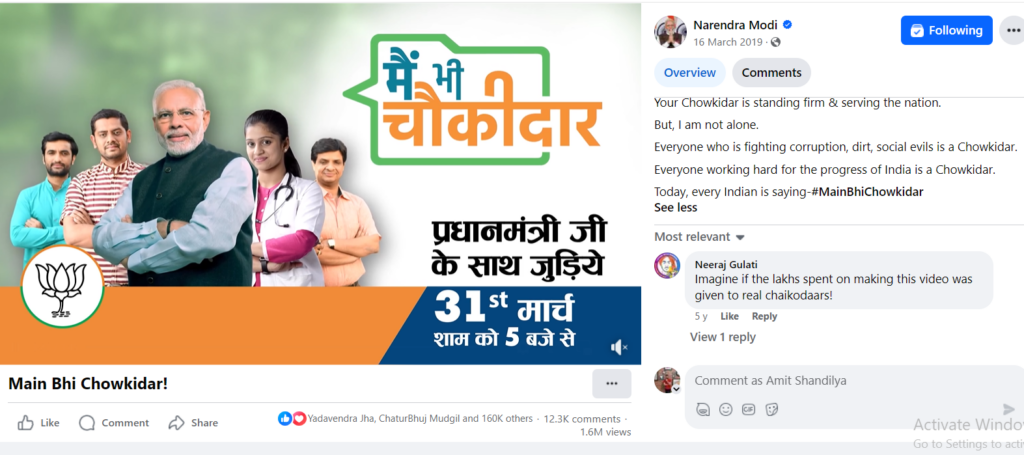
Modi also made use of digital rallies and 3D holograms which were extensively covered on social media, creating a buzz and showcasing Modi’s tech-savvy persona[5]. The hologram technology not only demonstrated his innovative approach but also amplified his reach to remote areas, reinforcing his image as a modern and forward-thinking leader.
Through these and other social media strategies, Modi’s team successfully crafted a narrative of a decisive, development-oriented leader who was committed to transforming India. His online presence was meticulously managed, with regular updates, inspirational quotes, and high-quality visuals that reinforced his image as a dynamic and energetic leader. Social media allowed Modi to highlight his achievements in Gujarat, promote his vision for India’s future, and respond promptly to criticisms and controversies.
While Narendra Modi’s adept use of social media played a crucial role in his political ascent, the very same platforms have also been used to challenge and undermine his image. Social media’s power to rapidly disseminate information means that it can both build and tarnish reputations with equal intensity. In Modi’s case, memes have emerged as a particularly potent form of digital satire, targeting various aspects of his persona, policies, and governance, which range from playful jabs to biting critiques. Some prominent examples include:
- 56-inch ka Seena: This meme originated from Modi’s assertion that it takes a 56-inch chest to lead India effectively[6]. The phrase quickly became a subject of satire, with memes mocking his bravado and questioning his claims[7]. These memes often depicted exaggerated images or humorous scenarios that challenged the credibility of his statement.
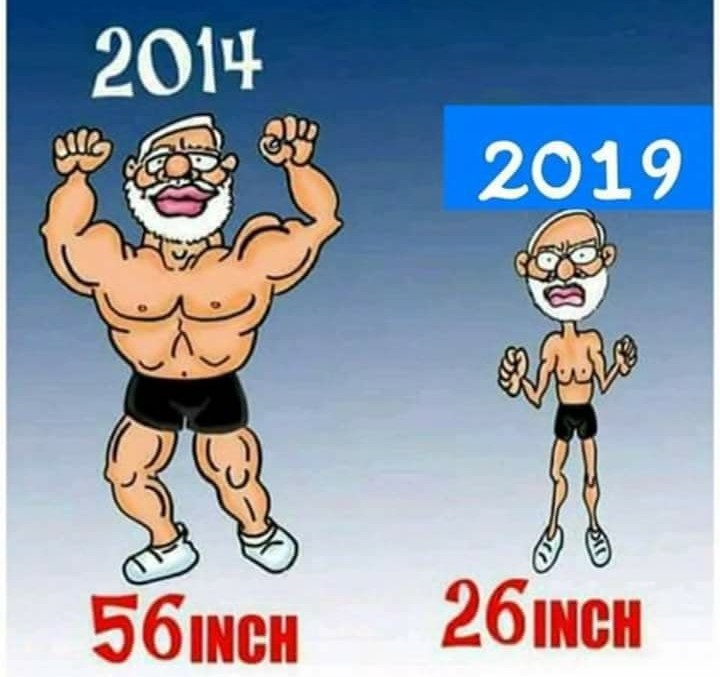
- Acche Din: Modi’s 2014 campaign slogan, promising “Acche Din” (good days), has been a recurring theme in memes, especially in the context of unfulfilled promises or ongoing social and economic issues. Memes juxtaposing the slogan with real-life hardships faced by citizens have been widely circulated, casting doubt on his ability to deliver on his promises.

- Mitron: Modi’s frequent use of the term “Mitron” (friends) in his speeches has also been a focal point for memes[8]. These often parody his manner of speaking or the content of his announcements, turning them into humorous or critical commentary.
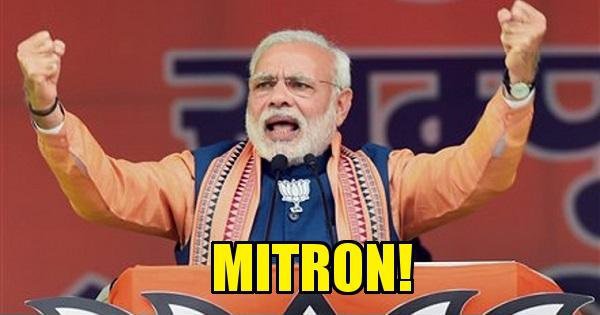
In the ongoing 2024 general elections, the volume and intensity of memes targeting Modi have been visible. Several memes and video clips circulating on social media mock him for statements perceived as unscientific or ill-informed. These clips often show Modi making controversial or debunked claims, which are then ridiculed and shared widely across platforms. These memes not only mock his statements but also question his credibility and knowledge, further denting his image. The widespread circulation of these mocking memes during the election season can significantly impact voter perception. Memes that highlight gaffes or controversial statements can influence undecided voters or reinforce negative views among critics. Opposition parties have seized on this trend, actively sharing and promoting such clips on their social media pages. By doing so, they aim to amplify the criticism and undermine Modi’s campaign. These tactics illustrate how social media has become a battleground for shaping public opinion and influencing electoral outcomes.
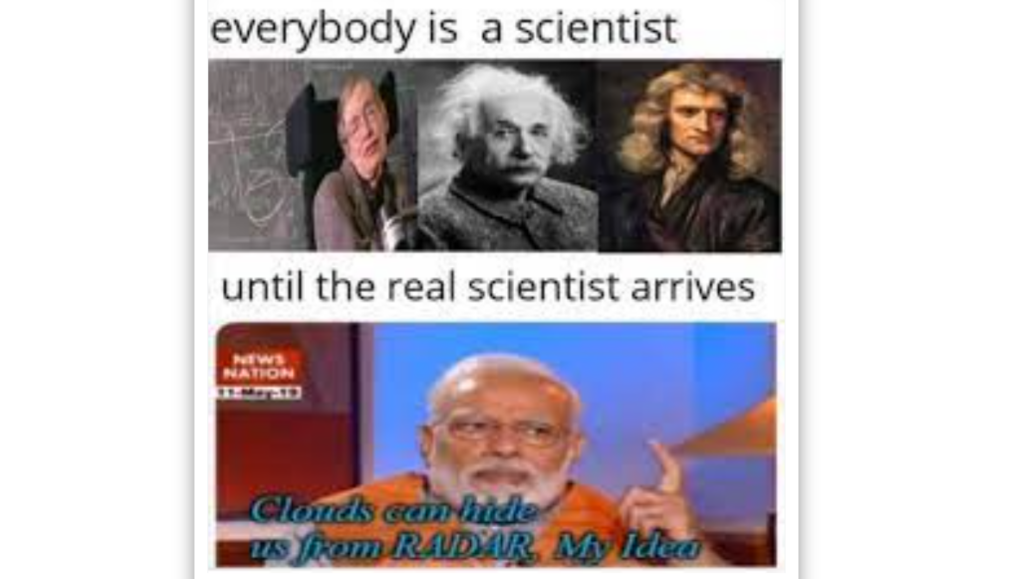
The proliferation of memes targeting Modi has had a noticeable impact on public perception. While his supporters often dismiss these memes as frivolous or partisan attacks, they serve as a form of digital resistance for critics. The sheer volume and virality of these memes ensure that they reach a wide audience, often transcending traditional media barriers. These memes have contributed to the erosion of the cult of personality surrounding Modi, chipping away at his carefully constructed image as an infallible, larger-than-life leader[9]. By humanizing and mocking him, these memes demystify his persona, making him more susceptible to criticism and scrutiny. Social media and memes, in particular, resonate strongly with younger audiences.

For many young Indians, memes are a primary source of political commentary and news. The satirical portrayal of Modi in these memes can shape their political views and perceptions, potentially influencing their voting behavior. Memes also provide a platform for amplifying criticism of Modi’s policies and governance. They distill complex political issues into easily digestible and shareable content, increasing their reach and impact. This amplification can intensify public debate and scrutiny, putting additional pressure on Modi and his administration.
Rahul Gandhi’s Journey from “Pappu” to a Serious Contender
Rahul Gandhi’s political journey provides a fascinating counterpoint to Narendra Modi’s rise, illustrating the transformative potential of social media in reshaping public perception. Initially derided and dismissed as inept and out of touch, Gandhi’s image underwent a significant transformation, aided by a strategic use of social media to redefine his public persona.
The “Pappu” meme, which became synonymous with Rahul Gandhi for a considerable period, originated from a colloquial term used to depict someone as naïve or foolish[10]. This label stuck to Gandhi early in his political career, bolstered by a series of public gaffes and perceived missteps that were eagerly seized upon by his detractors. Social media platforms were flooded with memes and posts mocking his speeches, misstatements, and overall political acumen.

Early gaffes, such as Gandhi’s remarks on the escape velocity of Jupiter while discussing social mobility or his perceived lack of coherent answers in interviews and public forums, were turned into viral content. These moments were highlighted and exaggerated in memes, reinforcing the “Pappu” image and making it difficult for him to be taken seriously by a significant portion of the electorate. The virality of these memes significantly impacted Gandhi’s public image. For many voters, especially the younger demographic that is highly active on social media, the “Pappu” meme defined their perception of him. This widespread ridicule undermined his credibility and effectiveness as a political leader.

Despite the initial onslaught of negative memes, Rahul Gandhi’s image began to shift over time, reflecting a more nuanced and strategic engagement with social media. Gandhi and his team increased his social media visibility, professionalized their strategy using data analytics and digital marketing[11], and highlighted key issues like farmer distress, unemployment, and women’s safety to shift the narrative from his perceived personal inadequacies to his substantive advocacy efforts[12]. Gandhi’s more confident and articulate appearances in interviews and public debates also contributed to changing perceptions. His interviews, particularly those where he appeared relaxed and candid, helped to humanize him and present him as more relatable and earnest. But nothing could escape memes.
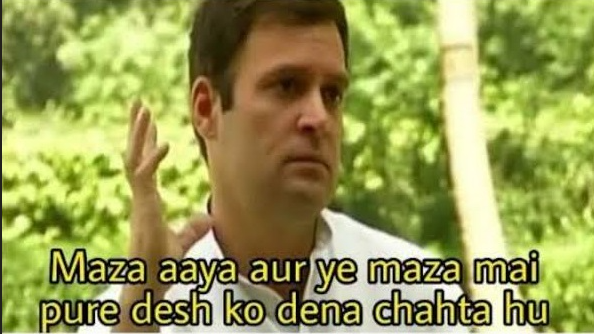
One of the most significant contributions to changing Gandhi’s image has been the Bharat Jodo Yatra, a nationwide campaign aimed at uniting people and addressing various socio-political issues. The Yatra, extensively covered on social media, showcased Gandhi walking thousands of kilometers, interacting with diverse groups of people, and discussing pressing issues. The visuals and stories from this journey humanized him and highlighted his dedication to connecting with ordinary citizens, greatly enhancing his public image[13]. This highlighted Gandhi’s willingness to listen and engage, contrasting the earlier narrative of him being out of touch.
Thus social media played a pivotal role in Rahul Gandhi’s image transformation, providing a platform for direct engagement with the electorate. By using social media, Gandhi bypassed traditional media gatekeepers to present his views unfiltered and respond promptly to criticisms. It enabled him to build and control his narrative more effectively through carefully crafted posts, videos, and campaigns that highlighted his strengths and commitment to public service. Additionally, social media’s penetration among younger and urban voters allowed Gandhi to connect with these demographics, reshaping their perceptions and garnering their support.

Rahul Gandhi’s journey from “Pappu” to a serious political contender exemplifies the transformative power of social media[14]. Initially a target of ridicule, Gandhi managed to leverage social media to rehabilitate and redefine his image. By increasing his engagement, focusing on key issues, and professionalizing his digital strategy, he gradually shifted public perception and positioned himself as a credible and committed leader. This transformation underscores the importance of strategic social media use in modern politics, where the ability to craft and control one’s narrative can significantly influence electoral success and public perception.
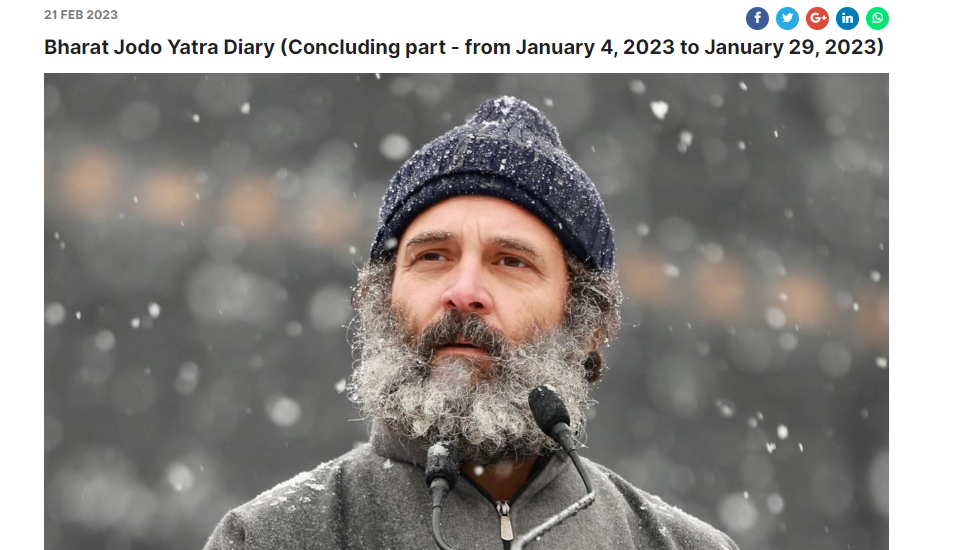
Conclusion
Memes have become crucial in political discourse, effectively shaping public opinion by condensing complex political messages into humorous and relatable content. As a form of digital satire, they play a significant role in shaping public perception, particularly among younger audiences. Their simplicity, emotional impact, and shareability make them powerful tools for both bolstering and undermining political figures. Memes spread rapidly across social media platforms due to their relatability, algorithmic amplification, and cross-platform sharing, ensuring wide and swift dissemination during critical times like election seasons. The cases of Narendra Modi and Rahul Gandhi illustrate the dual capacity of memes to build and tarnish political images, highlighting the importance of strategic social media use in modern politics. While it offers unprecedented opportunities for political engagement and image-building, it also opens the door to widespread and rapid criticism. Social media’s ability to shape political images, engage the electorate, and influence public opinion underscores its significance in the democratic process. As the digital landscape continues to evolve, the role of memes in political communication will likely expand, making it imperative for political figures and parties to understand and harness their power effectively.
References
- Ghosh, S. (2014, February 12). Narendra Modi to launch “chai pe charcha” campaign today. NDTV. https://www.ndtv.com/cheat-sheet/narendra-modi-to-launch-chai-pe-charcha-campaign-today-550542
- Indian Express. (2019, May 4). Rahul Gandhi: Chowkidar chor hai slogan so popular that Modi avoiding word “chowkidar.” The Indian Express. https://indianexpress.com/elections/rahul-gandhi-chowkidar-chor-hai-slogan-so-popular-that-modi-avoiding-word-chowkidar-5709769/
- India Today. (2019, March 16). Main Bhi Chowkidar: PM Modi’s new mantra to counter Rahul Gandhi’s Chowkidar Chor Hai jibe. India Today. https://www.indiatoday.in/elections/lok-sabha-2019/story/main-bhi-chowkidar-hoon-pm-narendra-modi-tweet-lok-sabha-elections-2019-1479375-2019-03-16
- Shukla, A. (2024, March 4). Mai Bhi Chowkidaar, Modi Ka Parivar: How PM Modi Turned Opposition’s Jibes Into Election Campaigns. Republic World. https://www.republicworld.com/politics/mai-bhi-chowkidaar-modi-ka-parivar-how-pm-modi-turned-oppositions-jibes-into-election-campaigns/
- Jain, B., & Thakur, P. (2015, January 21). BJP spent Rs 60 crore on Narendra Modi’s 3D rallies during Lok Sabha polls. The Times of India. https://timesofindia.indiatimes.com/india/bjp-spent-rs-60-crore-on-narendra-modis-3d-rallies-during-lok-sabha-polls/articleshow/45959849.cms
- Press Trust of India. (2019, April 28). Modi is the man with 56-inch chest: Amit Shah. The Hindu. https://www.thehindu.com/elections/lok-sabha-2019/modi-is-the-man-with-56-inch-chest/article26973945.ece
- ANI. (2019, February 28). Shashi Tharoor Takes A Jibe At PM Modi Over “56-Inch Chest” Remark. NDTV.com. https://www.ndtv.com/india-news/shashi-tharoor-takes-a-jibe-at-pm-modi-over-56-inch-chest-remark-2000022
- FP Explainers. (2022, May 25). Modi@8: Mitron, here’s how our vocab changed in the NaMo era. Firstpost. https://www.firstpost.com/politics/modi8-mitron-heres-how-our-vocab-changed-in-the-namo-era-10714411.html
- Ellis-Petersen, H. (2024, April 19). “Messianic spell”: how Narendra Modi created a cult of personality. The Guardian. https://www.theguardian.com/world/2024/apr/19/messianic-spell-how-narendra-modi-created-a-cult-personality
- Kazmin, A. (2019, May 8). Rahul Gandhi’s struggle to be taken seriously. www.ft.com; Financial Times. https://www.ft.com/content/11def760-7089-11e9-bf5c-6eeb837566c5
- Chatterji, S. (2018, November 2). Congress’ new social media strategy yielding results for Rahul Gandhi. Hindustan Times; Hindustan Times. https://www.hindustantimes.com/india-news/congress-new-social-media-strategy-yielding-results-for-rahul-gandhi/story-wvR51LHVFCKnu4olXWTgBO.html
- Press Trust of India. (2019, February 9). Highlight “burning issues” of farm distress and unemployment: Rahul to Congress office-bearers. Business Standard. https://www.business-standard.com/article/pti-stories/highlight-burning-issues-of-farm-distress-and-unemployment-rahul-to-congress-office-bearers-119020900811_1.html
- Press Trust of India. (2023, January 31). Rahul Gandhi’s “pappufication” may be over, beard symbolises image makeover: experts. The Hindu. https://www.thehindu.com/news/rahul-gandhis-pappufication-may-be-over-beard-symbolises-image-makeover-experts/article66453944.ece
- Kumar, D. (2023, January 31). “No more Pappu, people see Rahul Gandhi as more serious politician now”: Experts | Mint. Mint; mint. https://www.livemint.com/politics/news/no-more-pappu-people-see-rahul-gandhi-as-more-serious-politician-now-experts-11675174489491.html


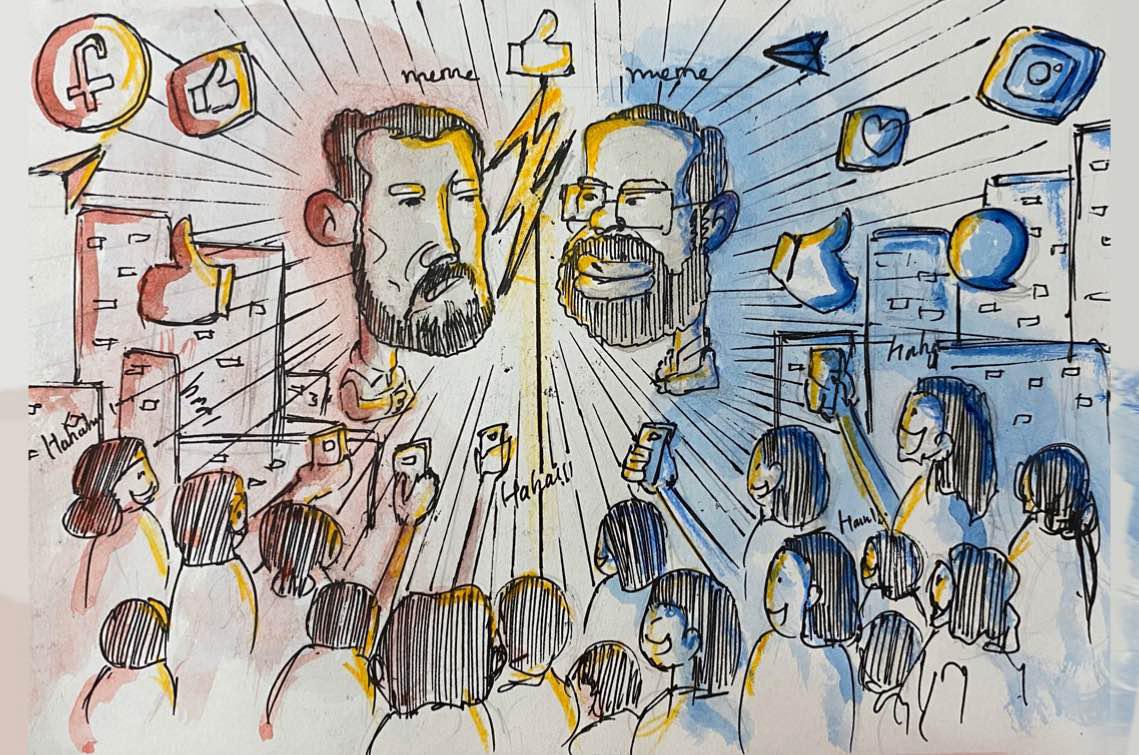

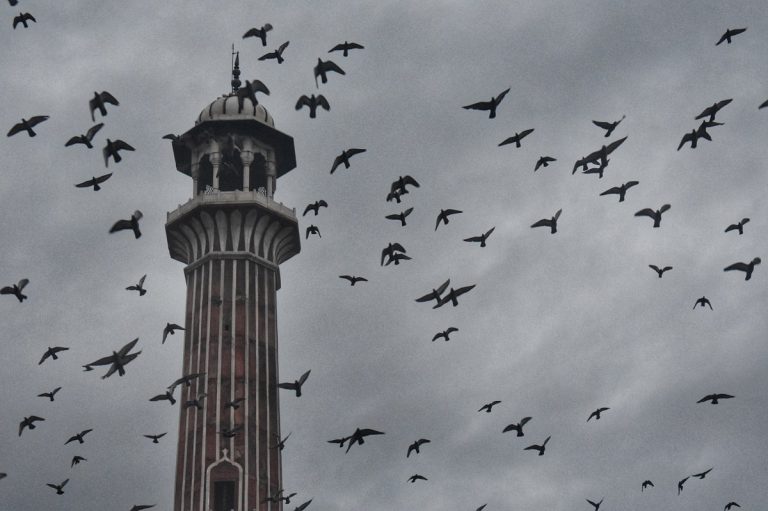
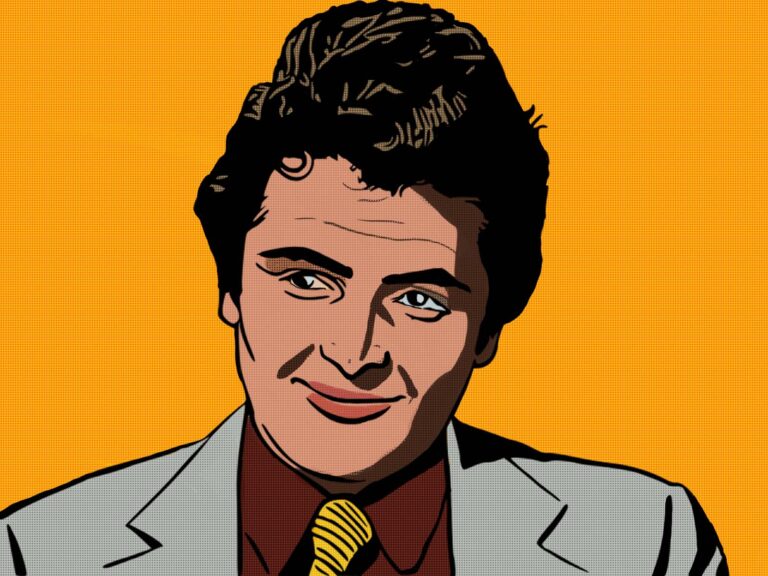
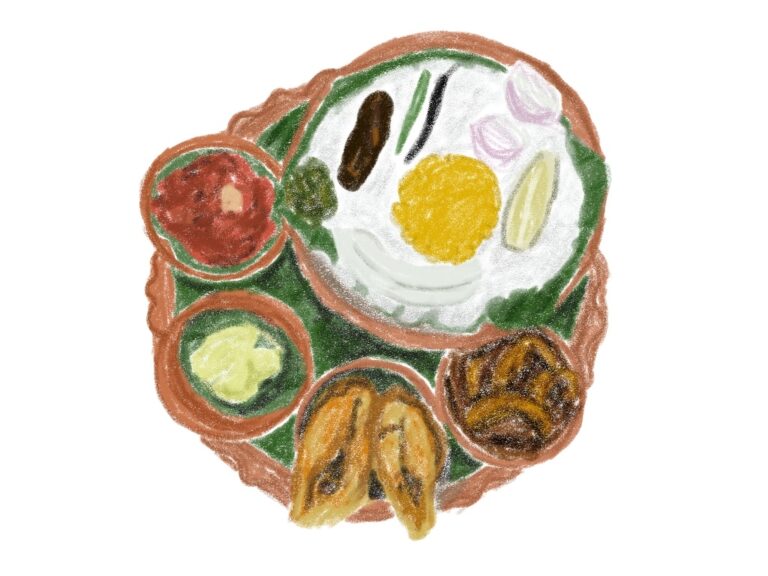
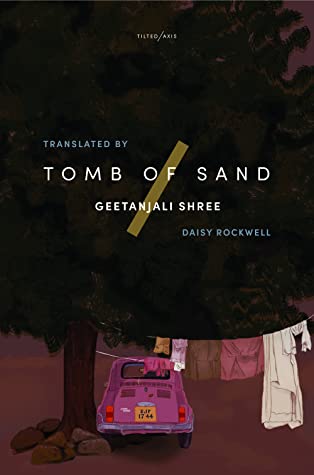
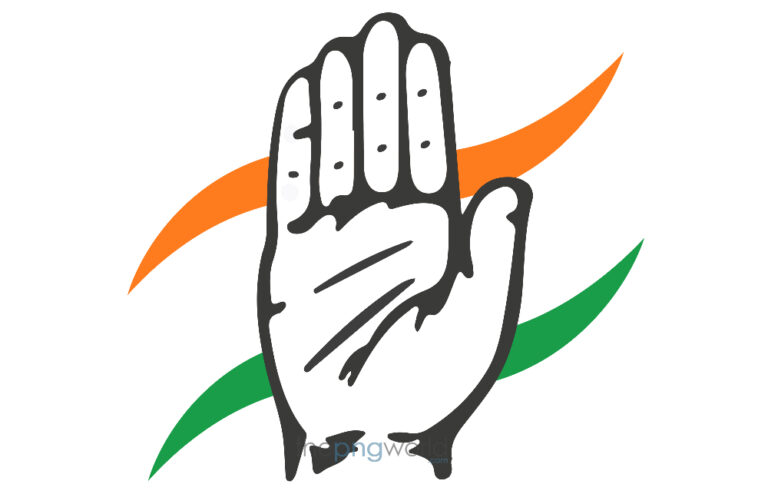
It is an insightful article that sheds light on the significant impact of social media on political imagery. It offers a balanced perspective and uses relevant examples to illustrate its points, making it a valuable read for anyone interested in the intersection of politics and digital media.